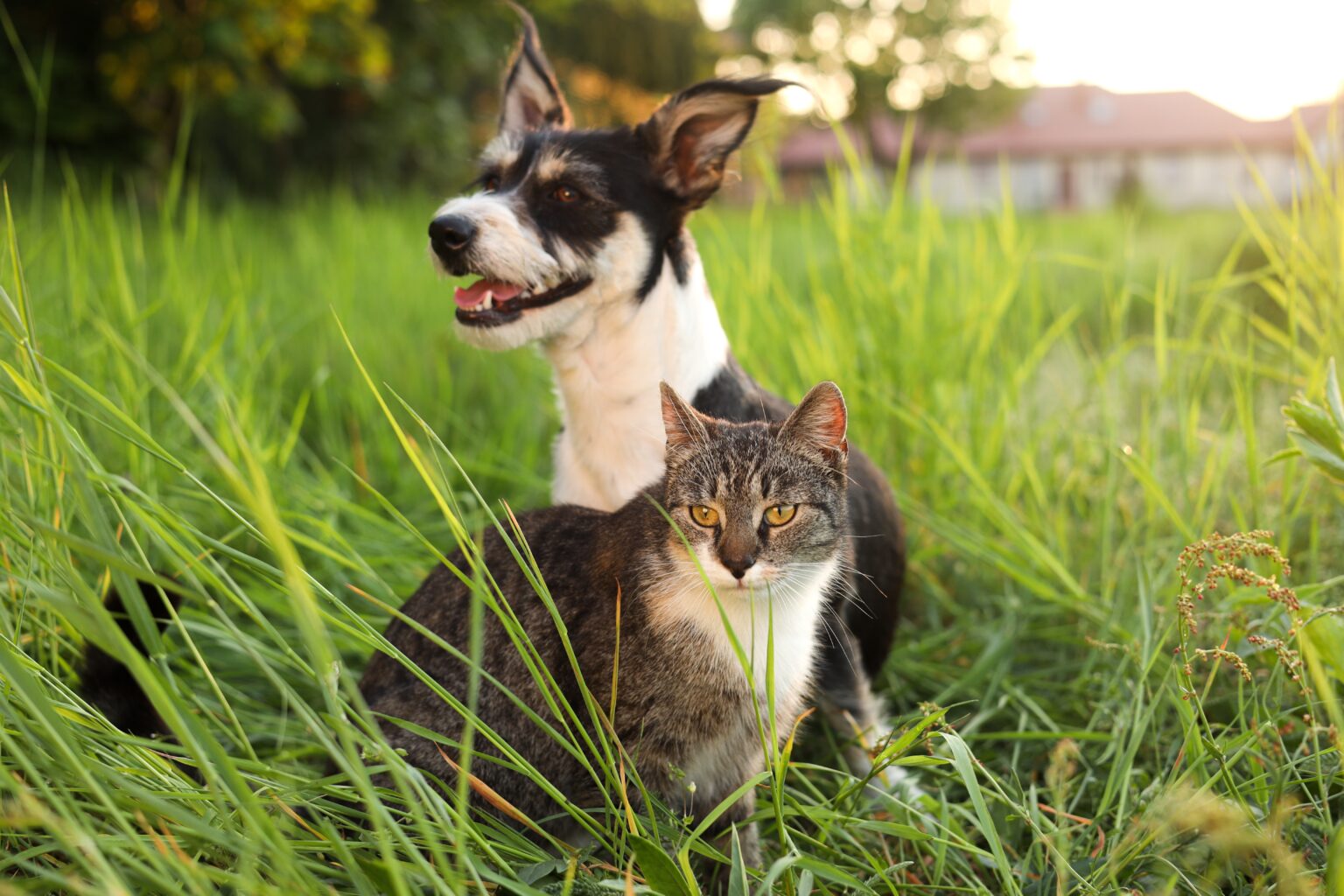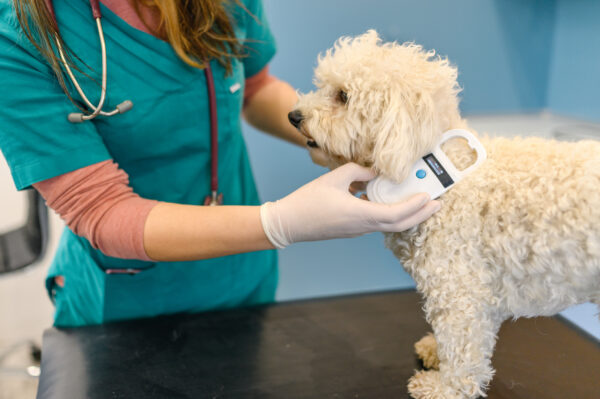When temperatures are milder and the days longer, your dog walks might be extended, while cats might want to spend more time in the garden. This is great for their health and should even be encouraged. But, as harvest mites are typically around this time of year, we’ll talk you through what these parasites are and how to spot them.
What are harvest mites?
Harvest mites are tiny orange mites that live in the soil of woodland and grassy areas. They’re most common between late summer and early autumn (around August to November) and are found all over the UK, from city to country. When we say tiny, we mean it, as they only measure around 0.2mm long. That said, they can just about be seen with the naked eye as a cluster of little red bumps.
How can my pet get harvest mites?
When a mite comes into contact with a warm-blooded animal, it will attach to their skin, most commonly on their feet, legs, between their toes, on their tummy or around their genitals. The mites will then inject digestive enzymes, which work to break down skin cells so they can feed off the animal’s blood for several days. Mites will get bigger as they gorge, growing to around 3 or 4 times their original size.
How do I know if my pet is infected?
The most common symptom is constant itching and inflamed red skin. You may also notice orange or red dots on your pet’s skin or reddish dust on their fur. Symptoms can appear within 3 hours of infestation and may last for weeks.
How should I treat harvest mites?
Some pets do fine without treatment for harvest mites, especially if they don’t show symptoms. Other pets may have intense itching and need treatment, like an anti-inflammatory or antibiotics. In any case, you should always contact your vet if you suspect your pet has any type of parasite, including harvest mites.
How can I prevent harvest mites?
Regular flea treatments can help reduce the risk of an infestation (another reason to keep up with flea and tick prevention!), and a good-quality skin supplement like YuMOVE Skin & Coat Care will help nourish the skin, protect its barrier and soothe any irritation.
Harvest mites are most active during the day, so walking your dog early in the morning or around dusk can also help minimise the risk. We also recommend avoiding long grass or standing still for too long in the sun.



